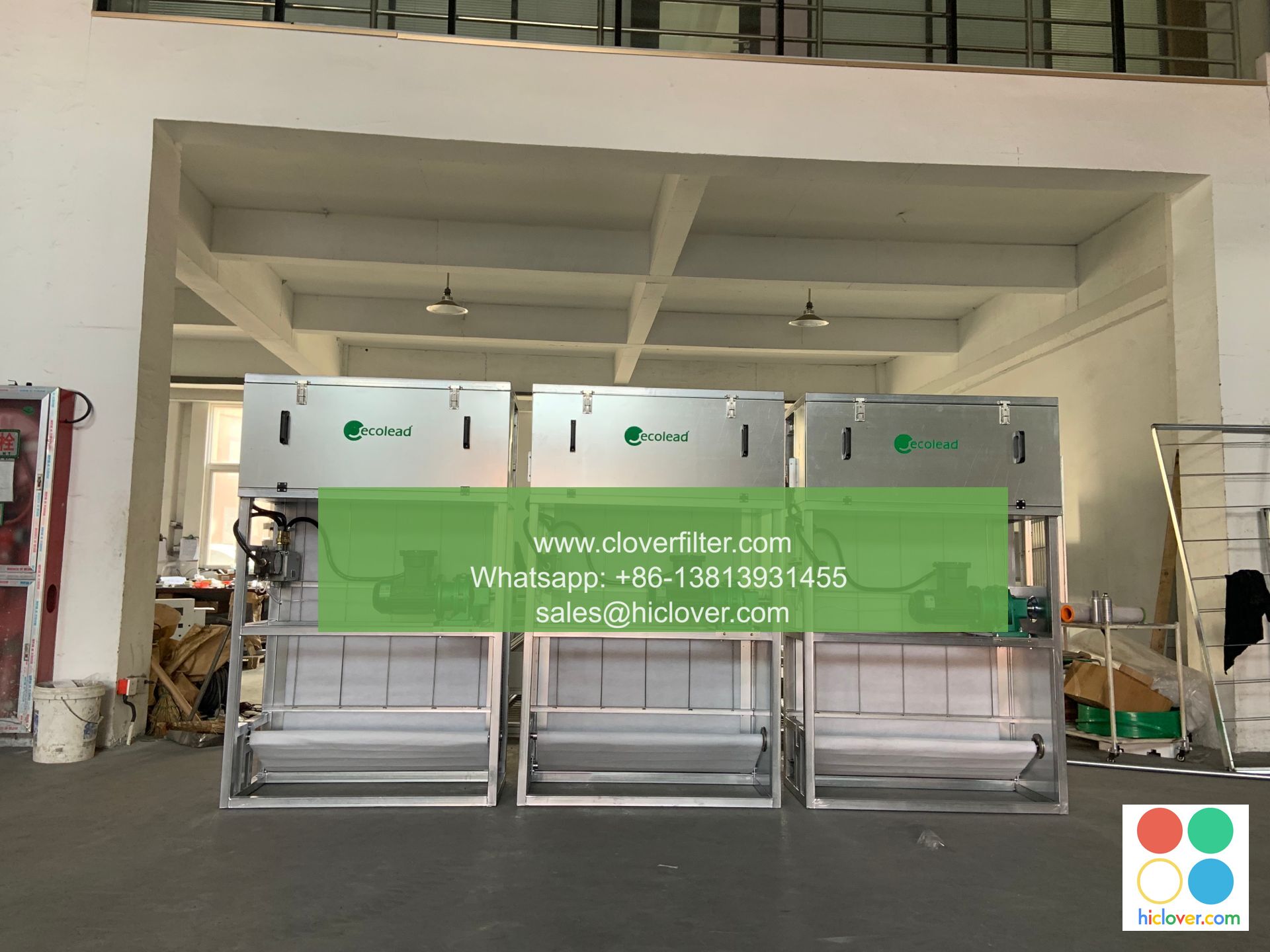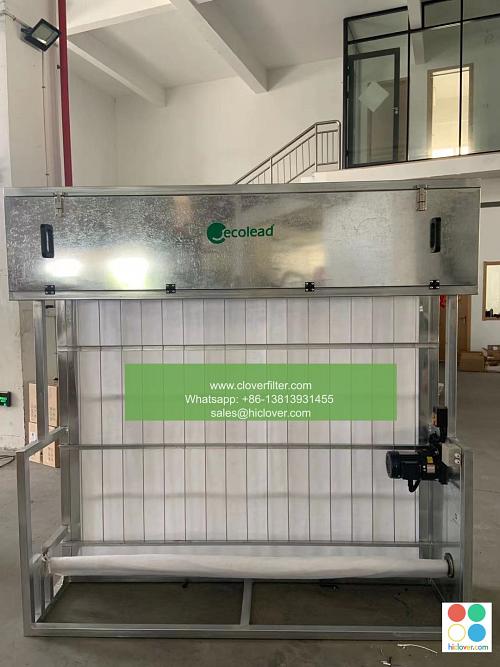The Effect of Air Filters on Allergen Reduction in Homes

Air filters have become an essential component in maintaining good indoor air quality, particularly for individuals who suffer from allergies and respiratory problems. Allergens such as dust mites, pollen, and pet dander can exacerbate symptoms of allergic reactions, making it crucial to reduce their presence in homes. In this article, we will explore the impact of air filters on allergen reduction and highlight various application areas where they can be most effective.
Understanding Allergens and Their Effects
Allergens are substances that can trigger allergic reactions, ranging from mild discomfort to life-threatening anaphylaxis. Common allergens found in homes include:
– Dust mites: Tiny insects that live in bedding, carpets, and upholstered furniture
– Pollen: Released by plants and trees, often entering homes through open windows or on clothing
– Pet dander: Small scales shed by pets, particularly cats and dogs
– Mold spores: Fungal growths that thrive in damp environments
These allergens can become airborne, making them easily inhalable and potentially triggering allergic reactions.
The Role of Air Filters in Allergen Reduction
Air filters are designed to capture particles and substances from the air, including allergens. By installing high-efficiency particulate air (HEPA) filters or other types of air purifiers, homeowners can significantly reduce the concentration of allergens in their homes. HEPA filters, in particular, are 99.97% effective in capturing particles as small as 0.3 microns, making them an excellent choice for allergen reduction.
Application Areas for Air Filters
Air filters can be applied in various areas of the home to maximize their effectiveness:
– Central air conditioning and heating systems: Installing HEPA filters in central air systems can help distribute clean air throughout the home.
– Portable air purifiers: Placing portable air purifiers in individual rooms or areas where allergens are most prevalent can provide targeted relief.
– Vacuum cleaners: Using vacuum cleaners equipped with HEPA filters can help reduce allergen circulation while cleaning.
– Window and door seals: Ensuring that windows and doors are properly sealed can prevent outdoor allergens from entering the home.
Additional Tips for Allergen Reduction
While air filters are an essential tool in reducing allergens, there are other strategies for minimizing exposure:
– Regularly washing bedding and clothing in hot water
– Using allergen-proof mattress and pillow covers
– Removing carpeting and upholstered furniture, which can harbor allergens
– Keeping pets out of bedrooms and off furniture
– Maintaining a clean and dry environment to prevent mold growth
Conclusion
In conclusion, air filters play a crucial role in reducing allergens in homes, particularly when used in conjunction with other strategies for minimizing exposure. By understanding the types of allergens present in homes and using effective air filtration systems, individuals can create a healthier and more comfortable living environment. Whether you’re struggling with allergies or simply want to improve indoor air quality, investing in a good air filter can make a significant difference. You haven’t provided a question or topic for me to discuss. Please provide more context or information so I can better assist you. What would you like to talk about?

